Edge and Elegance : Men’s Fragrances
The men’s side of the perfume aisle can be predictable – citrus, herbs, aquatic notes, woods and musk – but it need not be so. I can list many fragrances marketed to men that aren’t only original, but also can be the perfect fit for anyone. Remember, perfume isn’t a gendered thing intrinsically; it’s whatever you make of it. My new FT column, Edge and Elegance, is devoted to men’s fragrances, tailoring, classics and what makes for an elegant composition.
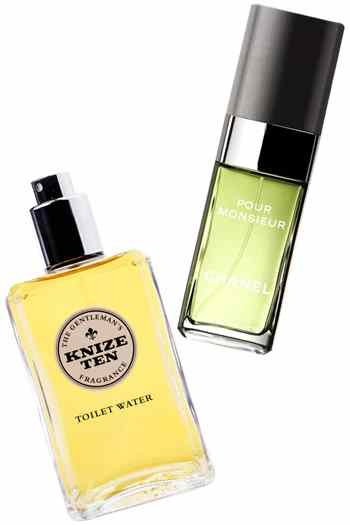
One of the most memorable fragrances I’ve smelled on a man was created in 1924 for the Viennese bespoke clothing house Knize. Despite being almost 100 years old, it had the timeless aura and the elegance of a perfectly tailored suit. The composition opened up with peppery bergamot, basil and thyme, but also prominent were leather and earthy patchouli, with hints of tobacco and iris. The latter softened the dark and smoky notes of Knize Ten, giving it refinement and flair. Knize Ten was streamlined, but not without a seductive twist. So alluring was it that I placed an order for a bottle, presented it to my husband and have been pilfering it from his collection ever since. To continue reading, please click here.
What fragrances would you have picked?
Image via FT
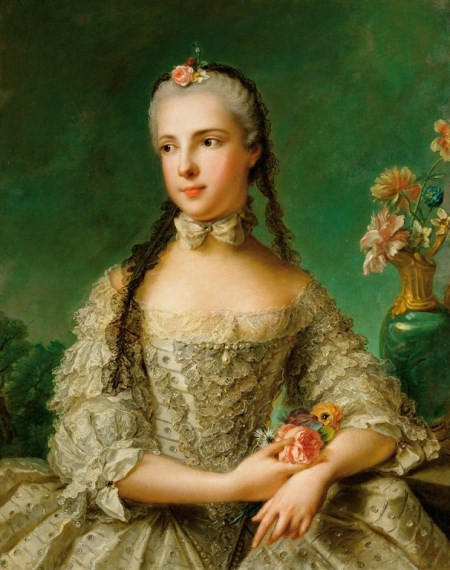
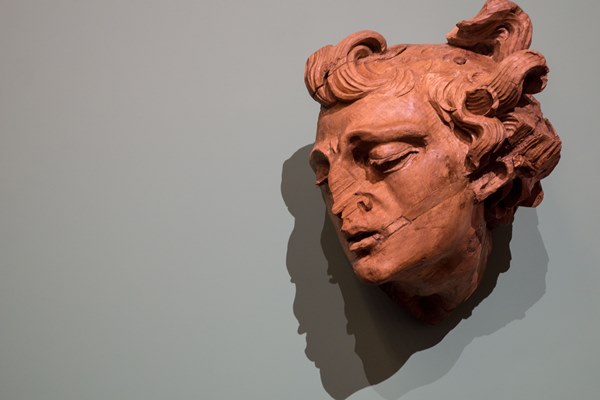

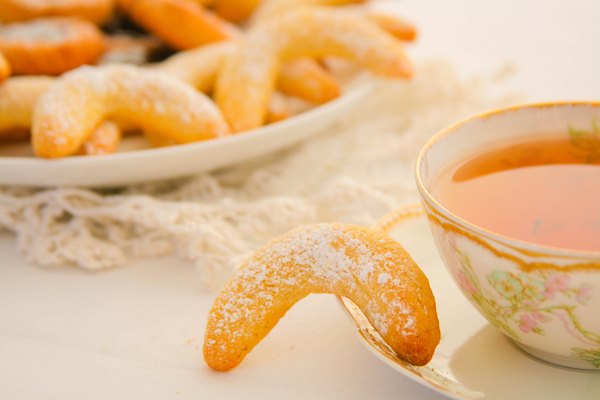













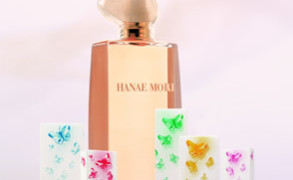


Yuliya Luk in Hermes Un Jardin Sur Le Nil : Fragrance Review: I want to say that after trying many perfumes from Hermes, I was not ready to buy them and use them. I received this scent as a gift from my… April 25, 2024 at 9:30pm